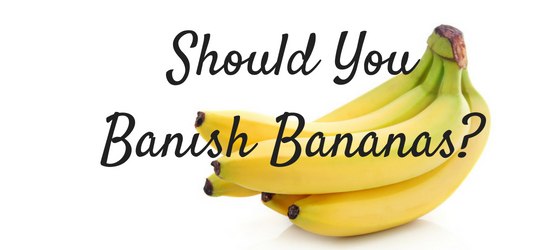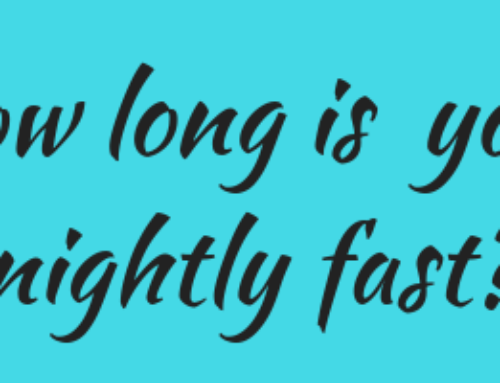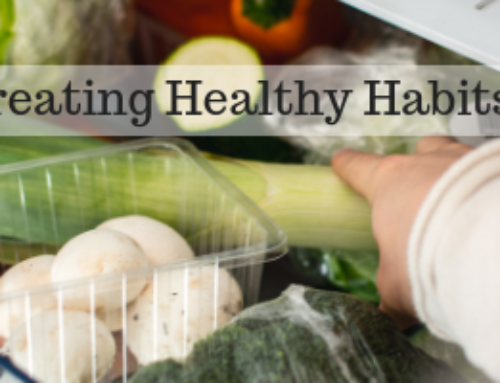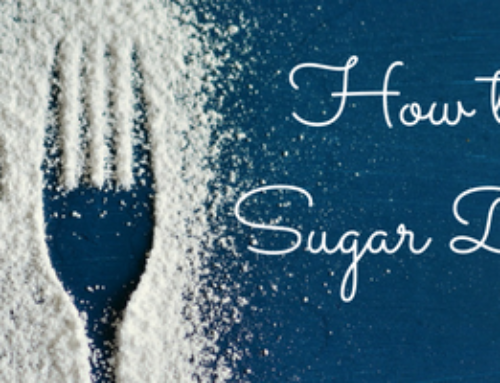One of the key components of the work I do with individuals is to help determine their carbohydrate tolerance. What is that you ask? In a nutshell, it is how many carbohydrates a person can eat, without negatively affecting their blood sugar balance, body weight, and health. I’d argue that “where” the carbohydrate comes from, matters more than the total amount. For instance, 50 grams of carb from a sugar laden cereal is going to affect a person more than 50 grams of carb from broccoli, plain and simple! Of course, it would only take you about 5 minutes to eat that cereal if you were hungry, whereas it might take well over an hour to be able to eat that much broccoli.
In general, the more blood sugar issues or body fat a person has, the more cautious they should be with their carbohydrate intake – and yes, this does include fruit. This is because carbohydrate in the diet turns into blood sugar, and if a person eats too much carbohydrate, then that excess carbohydrate can adversely affect their blood sugar balance, and ultimately be turned into fat.
How much and what types of fruit a person should eat is a question I get often. This is because fruit has a lot of sugar, but some fruits have more sugar than others – like bananas. I wrote a whole article about the sugar content of fruit and how they compare to each other. You can check that out here: Fruit or Sugar Bomb? A must read. For those who have practically eliminated added sugars from their diet and want to also manage natural sugars that come from whole foods, like fruit, then being aware of the sugar in fruit can be a helpful tool in determining their carbohydrate tolerance.
Because bananas are a higher sugar fruit, they get a bad rap. One medium banana (about 7 – 8” long) contains 105 calories, 27g of total carb, of which 3 grams are fiber, 15 grams are sugar, and the rest is starch. Technically, the riper a banana is, the more the starch converts into sugar. So, the actual sugar content of a banana will depend on the ripeness. However, the starch in unripe bananas is actually a specific type of starch called resistant starch. Resistant starch is a kind of carbohydrate that is “resistant” to digestion, and proceeds through the digestive tract until bacteria in the large intestine break it down via fermentation. So, less ripe bananas are better, since they are lower in sugar, and feed the good bacteria in the gut, thereby improving the gut flora.
Bananas are not as nutrient dense as other fruits like blueberries or blackberries, but that doesn’t mean they are nutritionally void. Far from it, in fact. They’re a good source of vitamin C, B6, manganese, magnesium, and along with potatoes and avocados, are rich in potassium.
So, the bottom line is, bananas are a whole food, full of nutrients, particularly potassium. They are a great food for children, athletes, or those who are insulin sensitive, also known as carbohydrate tolerant. They are a great addition to a post-workout recovery smoothie. This is because the extra sugar will help to replenish the body’s stores of glycogen as well as deliver protein and nutrients to the muscle tissue. However, for those who have high blood sugars, are insulin resistant, lead a sedentary lifestyle, or even those trying to lose weight, sticking to low sugar fruits like berries is a better idea. Plus, you’ll get more antioxidants, which is a big bonus! But if you like bananas, try eating them less ripe to get the benefit of the resistant starch, and limit your sugar intake. Also, top them with a little nut butter, like almond butter. The fat will slow the digestion of the sugar in the banana.
So tell me, what is your preferred fruit?
If you enjoyed this article, please share with family and friends!
In Health,






